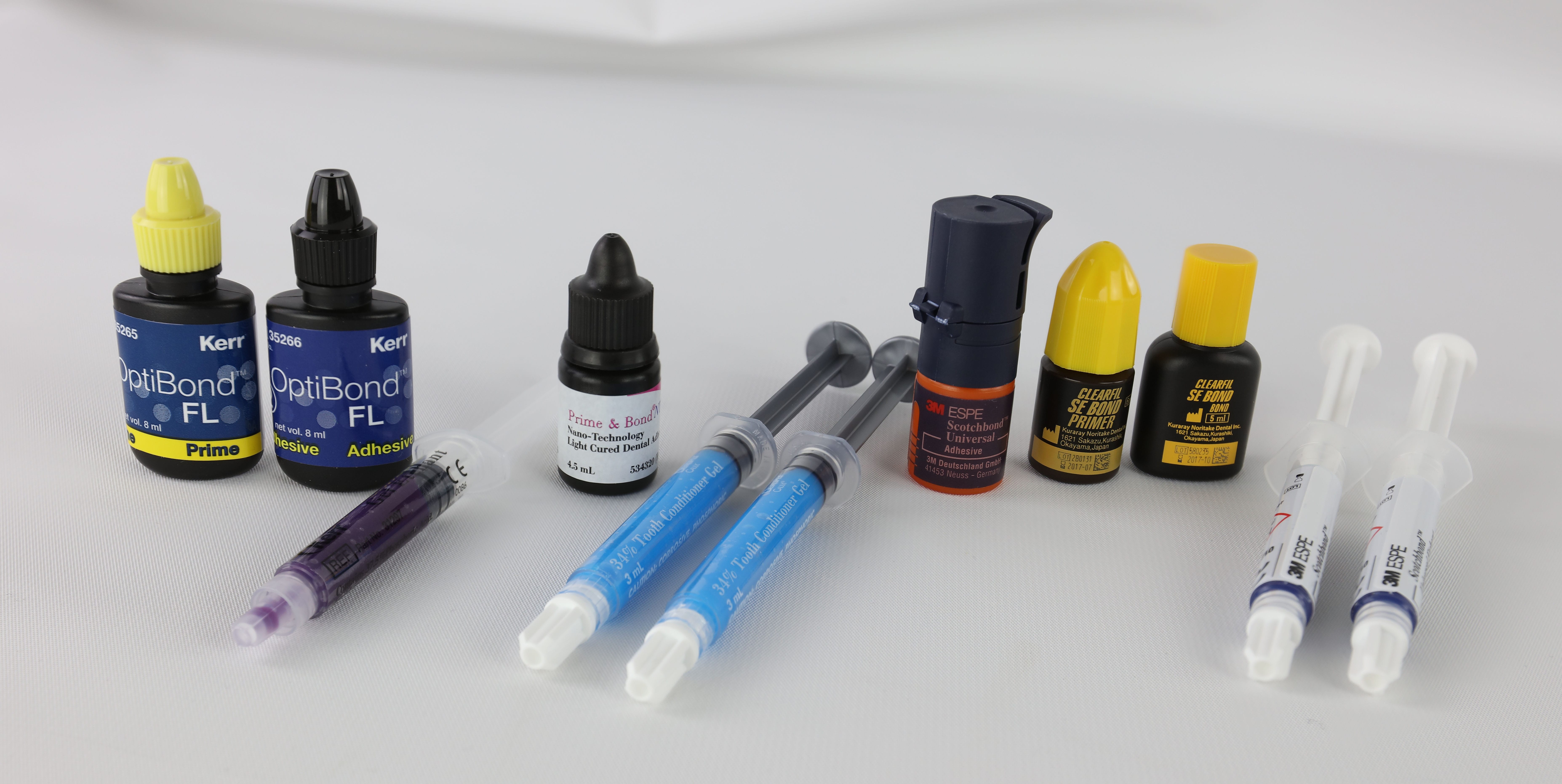Ever felt overwhelmed by the complexity of dental impressions? You’re not alone. As a dental professional, you know that precise impressions are crucial for successful treatments. But with so many options available, choosing the right dental impression tray can be challenging. Don’t worry – we’ve got you covered.
In this comprehensive guide, we’ll demystify dental impression trays and help you master this essential tool. Did you know that 93% of dentists consider accurate impressions critical for treatment success? We’ll show you how to achieve that level of precision.
From stock trays to custom options, we’ll explore the various types of dental impression trays and their applications. You’ll learn how to select the best tray for each patient and procedure, ensuring optimal results every time.
Ready to elevate your impression-taking skills? Let’s get started on your journey to becoming a dental impression expert.
Understanding Dental Impression Trays
Dental impression trays come in various shapes, sizes, and materials to accommodate different patient needs and clinical situations. Here’s a breakdown of the most common types:
Stock Trays
- Description: Pre-fabricated trays available in a range of sizes designed for general use.
- Material: Typically made of rigid plastic; can be perforated or non-perforated.
- Advantages: Cost-effective and convenient.
- Drawbacks: May not provide the most accurate fit for every patient.
Custom Trays
- Description: Individually crafted trays ensuring a precise fit and optimal impression quality.
- Material: Made from various materials, including acrylic or 3D-printed resins.
- Advantages: Preferred for complex cases requiring high accuracy.
- Drawbacks: More expensive and time-consuming to produce.
Dual-Arch Trays
- Description: Specialized trays designed to capture impressions of both upper and lower arches simultaneously along with bite registration.
- Use Case: Particularly useful in orthodontic treatments or creating study models.
Selecting the Right Tray
Choosing the appropriate dental impression tray is crucial for achieving an accurate and successful impression. Here are some key factors to consider:
- Patient Dentition: Determine if the patient is fully dentate, partially dentate, or edentulous. Different tray designs cater to specific oral conditions.
- Impression Material: The type of impression material (e.g., alginate, silicone, polyether) influences tray selection. Some materials require specific tray features for optimal retention and accuracy.
- Clinical Procedure: The intended treatment will guide tray selection. For instance, implant impressions may necessitate specialized trays with openings for impression copings.
Dental professionals must carefully evaluate each patient’s unique needs alongside clinical requirements to select the most suitable dental impression tray.
Taking Accurate Impressions
Once the right tray has been selected, following a precise protocol is essential for successful impressions. Here’s an overview of the process:
- Preparation: Clean the patient’s mouth thoroughly to remove debris or saliva. Apply tray adhesive to enhance retention.
- Mixing and Loading: Mix the impression material according to manufacturer instructions and load it into the tray.
- Tray Insertion and Positioning: Gently insert the loaded tray into the patient’s mouth and position it accurately to capture all necessary oral structures.
- Setting Time: Allow the impression material to set for the recommended time while ensuring that the patient remains still to avoid distortions.
- Tray Removal and Inspection: Carefully remove the tray once set and inspect the impression for defects such as voids or bubbles.
- Disinfection and Storage: Disinfect the impression to prevent cross-contamination and store it appropriately until used for creating a cast or model.
Throughout this process, clear communication with patients is vital for their comfort and cooperation.
The Significance of Accurate Impressions
Accurate dental impressions are critical for several reasons:
- Treatment Success: Well-fitting restorations rely on precise impressions; inaccuracies can lead to discomfort and treatment failures.
- Patient Satisfaction: Poorly fitting devices can cause pain; accurate impressions contribute to positive experiences.
- Efficiency and Cost-Effectiveness: Retaking impressions due to inaccuracies wastes time and resources for both practices and patients.
- Diagnostic Value: Impressions provide valuable insights into a patient’s oral condition, aiding in effective treatment planning.
By mastering dental impression trays and adhering to best practices, dental professionals can ensure high-quality patient care and successful treatment outcomes.
Conclusion
Dental impression trays are indispensable tools in dentistry, forming the foundation for creating accurate and well-fitting restorations, appliances, and prostheses. Understanding different types of trays, selecting appropriately based on patient needs, and employing proper techniques for taking impressions are vital skills for dental professionals.
For further information on dental impression trays and techniques, you can visit reputable sources such as:
By breaking down these concepts into digestible sections, you can empower your audience with a deeper understanding of dental impressions’ role in achieving successful outcomes in their dental care journey.












